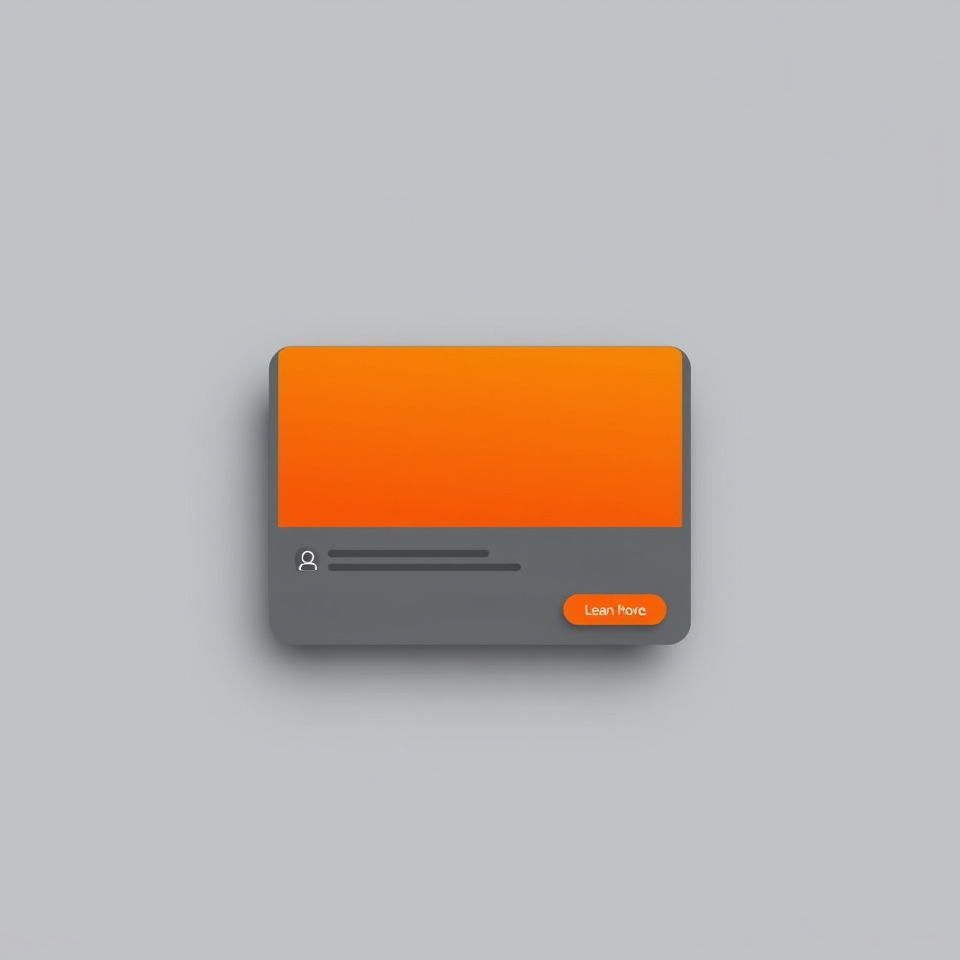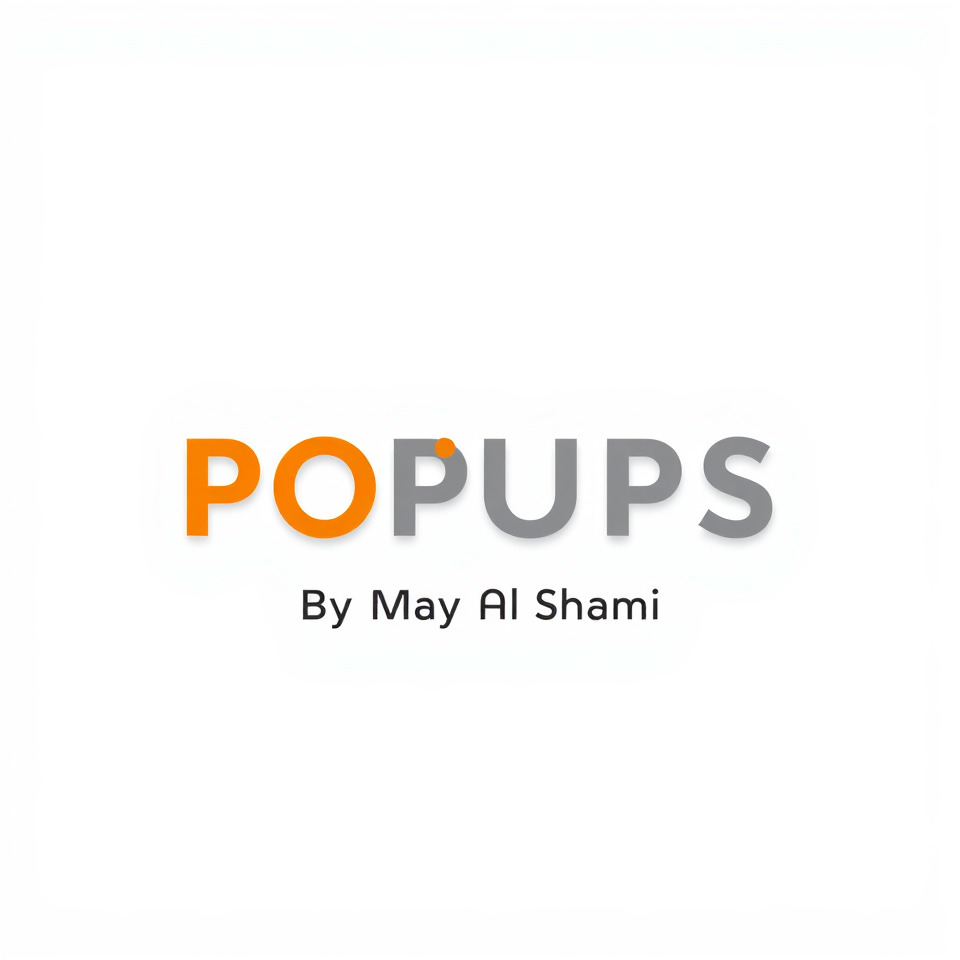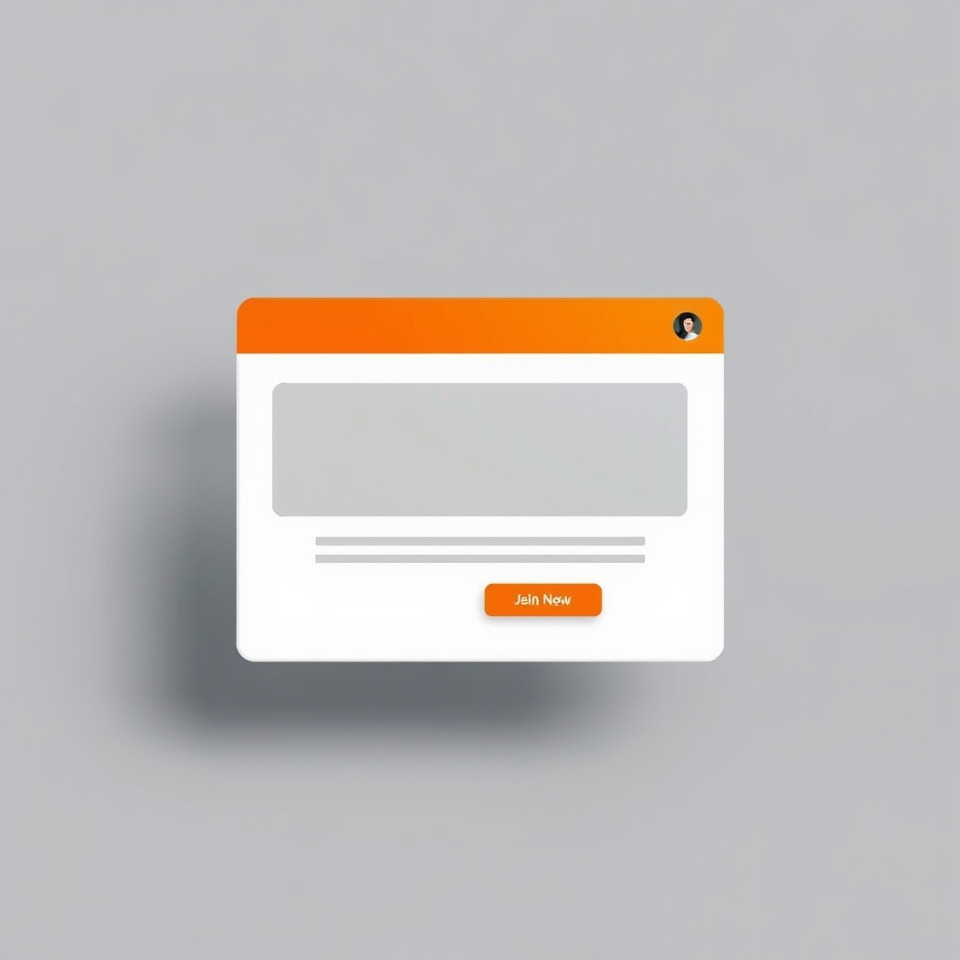POPUP

Attention-Grabbing:
Popups are designed to immediately capture users' attention, ensuring that critical information or offers are not overlooked. Their prominent placement on the screen makes them hard to ignore, increasing visibility.


Action Encouragement:
By prompting users to take specific actions, such as subscribing or making a purchase, popups effectively drive engagement. They often include clear calls-to-action, motivating users to respond quickly to enticing offers.
WHY POPUPS?
Immediate Attention: Pop-ups capture users' attention as soon as they land on a webpage, ensuring that important messages or offers are not overlooked.
Lead Generation: They are commonly used to collect email addresses or other contact information, allowing businesses to build their mailing lists and nurture leads for future marketing efforts.
Promotional Opportunities: Pop-ups can effectively promote special offers, discounts, or new products, encouraging users to take immediate action and boosting sales.
User Engagement: By presenting relevant content tailored to user interests, pop-ups can enhance engagement and keep visitors on the site longer.
Customization: Businesses can customize pop-ups to target specific audience segments based on behavior, such as exit intent or time spent on the page, ensuring that the message is relevant and timely.
Reduced Cart Abandonment: Pop-ups can be used to remind users of items left in their shopping carts or offer incentives to complete their purchases, helping to recover potentially lost sales.
Improved Conversion Rates: Well-designed and strategically timed pop-ups can lead to higher conversion rates by guiding users toward desired actions, such as signing up for newsletters or making a purchase.
POPUPS
Pop-ups are powerful marketing tools that capture users' attention and drive engagement on websites. By appearing as overlays on a webpage, they effectively deliver important messages, promotions, or calls to action, ensuring that visitors do not overlook key information. Pop-ups can be strategically designed to collect email addresses for lead generation, promote special offers, or remind users about items left in their shopping carts, ultimately fostering conversions and sales. Their customizable nature allows businesses to target specific audience segments based on behaviors such as page visits or exit intent, making the messaging more relevant and timely. While they can sometimes be perceived as intrusive, when implemented thoughtfully, pop-ups can enhance user experience by providing valuable content and guiding visitors toward desired actions, contributing significantly to a website's overall marketing strategy.
TYPES OF POPUPS
There are several types of pop-ups that businesses can utilize to engage visitors and enhance their marketing efforts:
1. **Entry Pop-ups**: These appear as soon as a user lands on a webpage, capturing attention immediately. They often promote special offers or lead generation forms.
2. **Exit-Intent Pop-ups**: Triggered when a user shows intent to leave the site (e.g., moving the mouse to the browser's close button), these pop-ups aim to retain visitors by offering incentives or additional information.
3. **Scroll Pop-ups**: These appear after a user has scrolled a certain percentage down the page, indicating that they are engaged with the content. They can promote related products or newsletter sign-ups.
4. **Time-Delayed Pop-ups**: These pop-ups appear after a user has spent a specific amount of time on the site, allowing them to become familiar with the content before presenting a message or offer.
5. **Click-Triggered Pop-ups**: Activated by a user clicking on a specific element, such as a button or link, these pop-ups provide additional information or options related to that element.
6. **Mobile Pop-ups**: Designed specifically for mobile users, these pop-ups are optimized for smaller screens and can offer mobile-friendly promotions or content.
7. **Survey or Feedback Pop-ups**: These solicit user feedback or opinions, helping businesses gather insights about customer experiences and preferences.
8. **Social Media Follow Pop-ups**: These encourage visitors to follow the business on social media platforms, helping to build a stronger online community.
By choosing the right type of pop-up for their goals, businesses can effectively engage users and drive desired actions, enhancing overall marketing effectiveness.